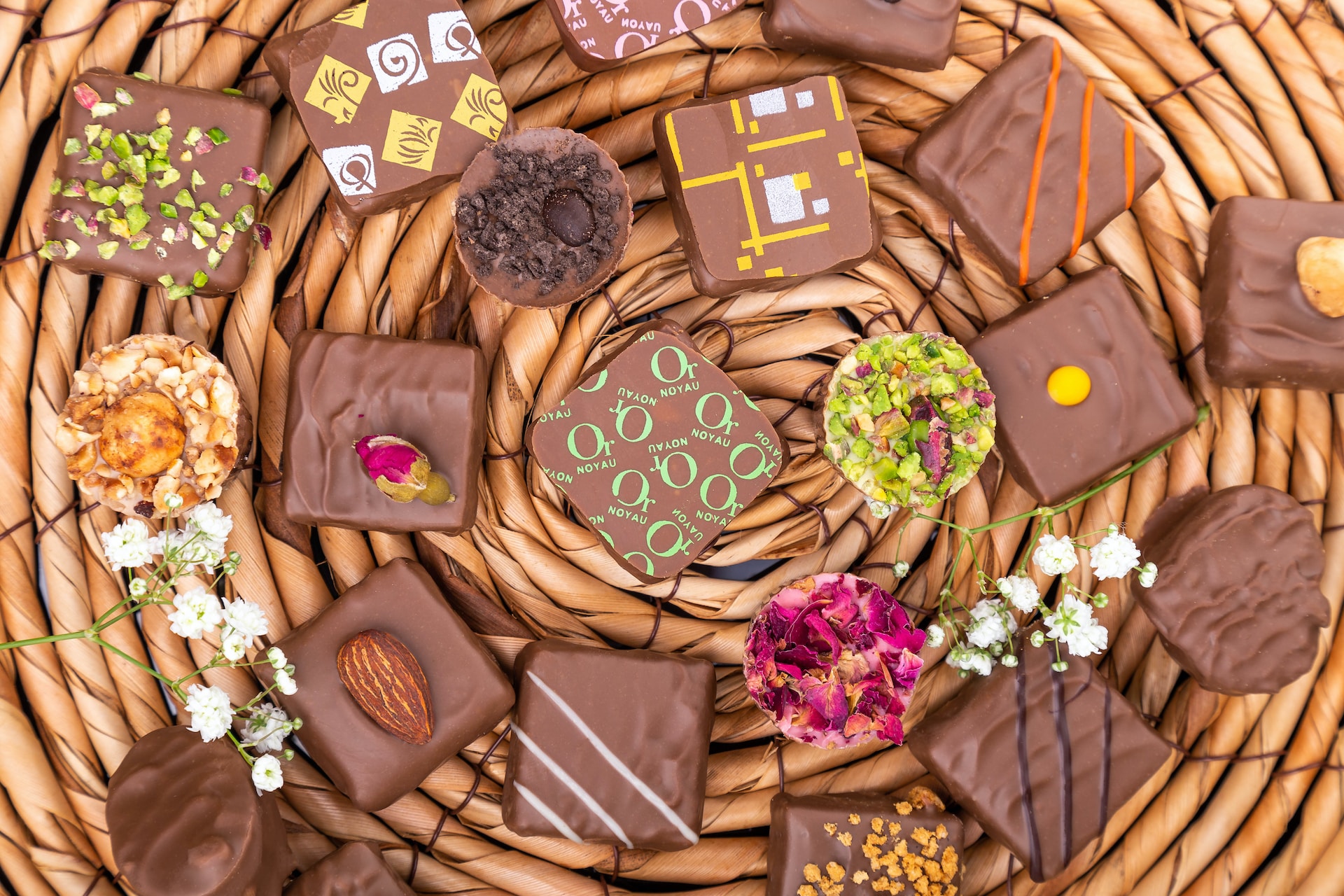Candy bars are a delightful combination of flavors, textures, and craftsmanship. Behind the scenes, candy bar production involves a fascinating blend of art and science. From tempering chocolate to creating the perfect nougat, candy manufacturers employ scientific principles to ensure consistent quality and mouthwatering results. In this article, we will delve into the science behind candy bar production, exploring key processes such as chocolate tempering, caramelization, and nougat making. Understanding the scientific principles at play provides insight into the precision and expertise required to create the delicious candy bars we enjoy.
Tempering Chocolate: The Art of Crystal Formation
Tempering chocolate is a critical process in candy bar production that ensures the chocolate has a smooth texture, glossy appearance, and a pleasant snap when bitten into. This process involves controlled heating and cooling cycles to encourage the formation of stable cocoa butter crystals. Cocoa butter is a fat found in chocolate that can crystallize in various forms, but only specific crystal structures produce the desired texture and appearance.
During tempering, chocolate is heated to a specific temperature to melt any existing crystals, breaking them down completely. The chocolate is then cooled and stirred, gradually bringing it back to a specific temperature known as the working temperature. This process encourages the formation of the desired crystal structure, which contributes to the sheen and stability of the chocolate coating on candy bars.
Caramelization: Transforming Sugar into Rich Flavor
Caramelization is a process that brings out rich flavors and deep golden hues in candy bars. It occurs when sugar is heated, leading to a complex series of chemical reactions. As sugar molecules are exposed to heat, they undergo thermal decomposition and break down into smaller compounds. These compounds react further, producing a range of aromatic compounds that contribute to the characteristic caramel flavor.
The precise control of temperature is crucial in caramelization. Heating sugar beyond its melting point initiates the process, and as the temperature increases, the reaction accelerates. The duration of heating and the exact temperature determine the intensity of caramelization, affecting the flavor and color of the resulting caramel used in candy bars.
Nougat Making: The Role of Protein Structure
Nougat, a common component in candy bars, is a chewy confection that owes its texture to the structure of proteins. Nougat is made by heating sugar, glucose syrup, and honey to high temperatures, which allows the sugar to reach a soft-ball stage. At this point, whipped egg whites are folded in, and nuts or other ingredients are added for flavor and texture.
The proteins in egg whites play a crucial role in nougat formation. As the egg whites are whipped, the proteins unfold and form a network of interconnected strands. When the hot sugar syrup is added, it coats the proteins, providing structure and stability to the nougat. The cooling and solidification process lock the protein network in place, resulting in the desired chewy texture.
Quality Control and Shelf Life Extension
Science also plays a vital role in quality control and extending the shelf life of candy bars. Manufacturers carefully monitor parameters such as water activity, pH levels, and packaging to ensure product safety and longevity. Water activity refers to the amount of available water in a product, and controlling it helps prevent microbial growth and spoilage. pH levels are monitored to ensure the environment is unfavorable for bacterial growth.
Packaging materials and techniques also rely on scientific principles to maintain freshness and prevent oxidation. Oxygen barriers, moisture control, and temperature stability are critical considerations in packaging design. By limiting exposure to air and moisture, manufacturers can extend the shelf life of candy bars and preserve their quality.
Candy bar production is a perfect blend of art and science, where precision and scientific understanding are essential. From the tempering of chocolate to the caramelization of sugar and the creation of nougat, scientific principles guide the processes that result in the delicious candy bars we enjoy. Understanding the science behind candy bar production provides a deeper appreciation for the craftsmanship and expertise involved in creating these delectable treats.



